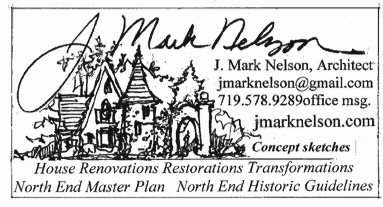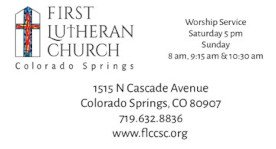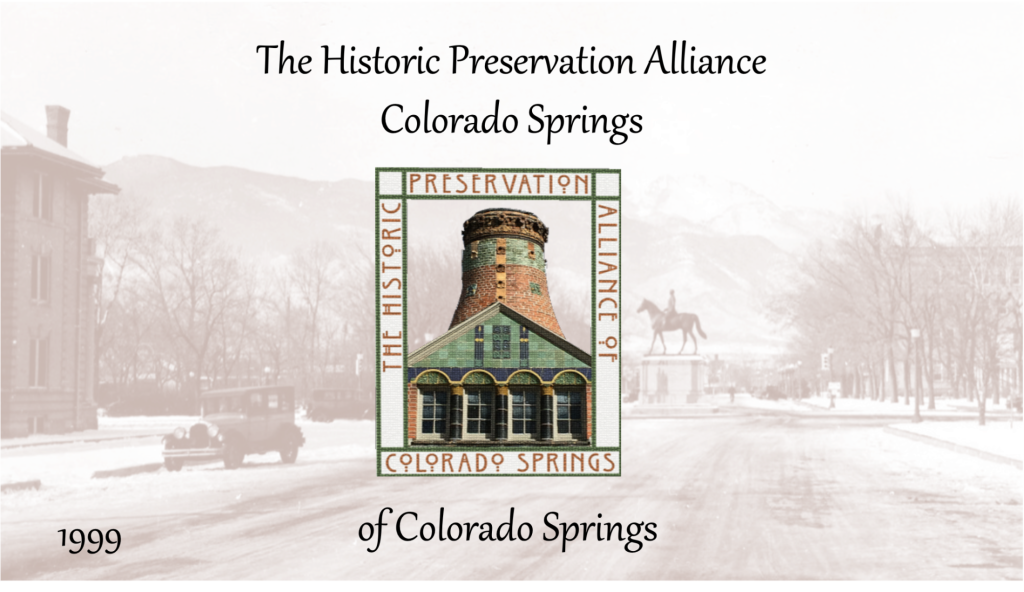Monday, May 23, 2016
The following comment was made by a concerned citizen:
“So… The city engineers I gather would have been the ones who were responsible for the design of these four-lane streets. Now, we can feasibly cut them in half as there is “excess” capacity. Translation = wasted resources within the design, building, and maintaining of roads within the city… Question 1: So why didn’t the city build them correctly in the beginning? Question 2: Why did the city waste all that money making four lane roads? Question 3: So why now should we blindly continue to put faith in the “city engineers”? I acknowledge everyone and their interest in safety, but you can’t bubble wrap society.”
Most people give General William Jackson Palmer credit for the wide streets in the oldest parts of Colorado Springs, but he had little to do with it. Back in 1871, when Colorado Springs was founded by Palmer, the good General went up to Greeley, Colorado, and hired the man who had planned that new city in the wilderness. His name was Robert A. Cameron, and, similar to Palmer, he was a former Union Army general during the Civil War.
So… Yes, there was a “city engineer” who created those four wide streets running north-south in Colorado Springs. Unfortunately, it was never recorded why Cameron made the streets so wide. It is important to keep in mind that, in the early 1870s, there were no automobiles. The streets were mainly filled with pedestrians and horses and buggies. The horses tended to periodically leave little reminders of their presence on the street – reminders that were both smelly and unsanitary.
This we do know. Cameron made his city blocks 400 feet square. That was the same size he used in laying out Greeley. He set residential lots at 190 feet deep, thus leaving 10 feet of space from each side for a 20-foot alley (190 +10 +10 + 190 = 400). That is where those big Old North End backyards come from.
Reportedly General Cameron selected the deep lot because he thought flies from the stable in back of the home could not migrate any more than 40 feet. It thus was important to him to have a long distance between the stable and the house. Look closely, and you will see that many of the older homes in the Old North End have a stable out back at the alley. Many have been converted into automobile garages.
Cameron made the streets in Colorado Springs quite wide at 100 to 140 feet including sidewalks on both sides. Over the years General Palmer received great praise for the wide beautiful streets in his city, but in reality Palmer criticized General Cameron for wasting so much space.
General Cameron remained a significant figure in Colorado history. He founded the city of Fort Collins in 1873, served as warden of the state penitentiary in Canon City, and promoted the Denver and Fort Worth Railroad, which ran close to Colorado Springs.
Those wide streets of General Cameron’s became significant again in the early 20th Century. People often give Palmer credit for the beautiful landscaped medians in the middle of those wide streets, but that, too, is false. The medians were added in the early 1900s as part of the City Beautiful movement throughout the United States. If Cameron had not provided the wide streets, there would have been no room for the grassy and tree-filled medians on North Cascade, North Nevada, and North Wahsatch avenues.
And so it is that streets change as time goes by and technology advances. Up until recently, traffic engineers provided as many lanes as a street could hold without worrying about the effect on the people who lived on the street. But recently the culture in traffic engineering has changed, and traffic engineers try to “calm” and “quiet” traffic by eliminating traffic lanes where low traffic volumes permit it. We should “put faith” in our traffic engineers because that is what they recommend for theses specific times.
As for General Palmer, never forget that he said he desired his new city of Colorado Springs to be “the best place for homes in the West.” One Lane From Two Lanes makes for better homes and a better life along our arterial streets, which would have been just what the good General wanted.











